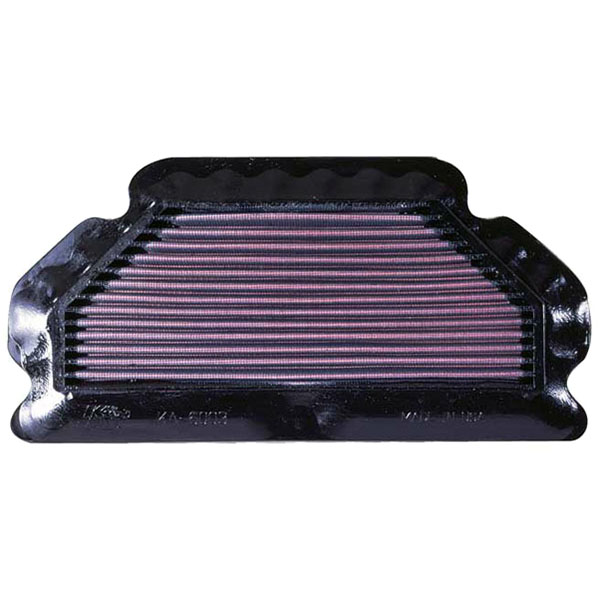


Due to the increased presence of counterfeit air filter in the market, there is a possibility that filter may be of poorer quality resulting in get premature clogging.

The OEM air filter in modern vehicles is usually a paper type air filter. Air filter provided on the engine intake is subjected to increased levels of abuse due to the diverse driving conditions. This has created a renewed interest in optimizing the existing parameters of the air induction mechanism like the air filter, filter box, piping etc for better performance. It produced a 2-3 percent improvement in acceleration time versus the stock unit.The importance of the engine air induction system has recently increased because of governmental engine exhaust particulate and evaporative emission regulations.

Like on the dyno, he sees incremental increases, with the K&N filter coming out on top. of torque, or around 2.6 percent and 3.7 percent, respectively).įenske also tests out the filters in a real-world environment, testing acceleration times between the four candidates. He finds that on the dyno, the aftermarket filters do in fact make more than the OEM unit, with the most gains produced by the K&N filter (around four horsepower and five lb.-ft. But not much.įenske put together a dyno test using his personal Subaru Crosstrek, comparing four different air filters: The dirty OEM item already the car, a new OEM filter, a cheaper aftermarket non-performance filter sold by CarQuest, and a high-flow performance filter made by K&N. Well, Jason Fenske of Engineering Explained put these claims to the test, and it turns out that yes, high-performance air filters do actually yield more power. But being so cheap and easy to install, it's hard to believe these filters actually produce any observable gains. If you've ever been to an auto parts store, you've probably seen air filter boxes that claim extra power and more torque over the factory filter.


 0 kommentar(er)
0 kommentar(er)
